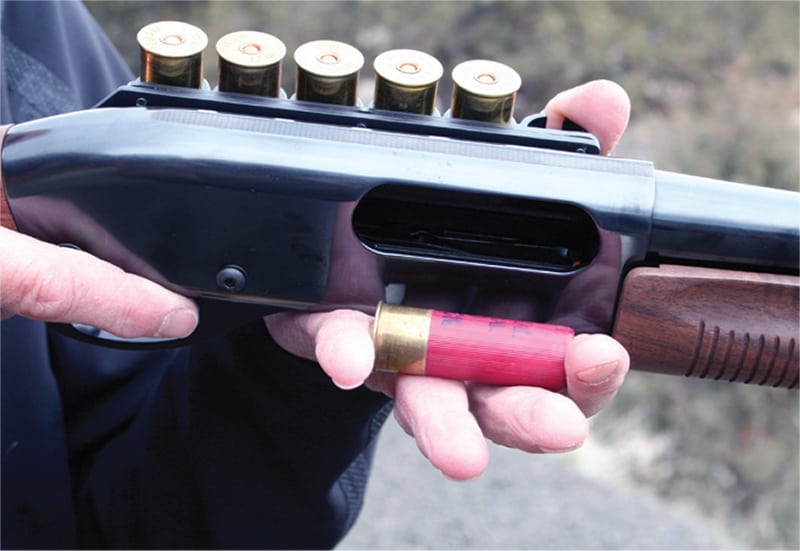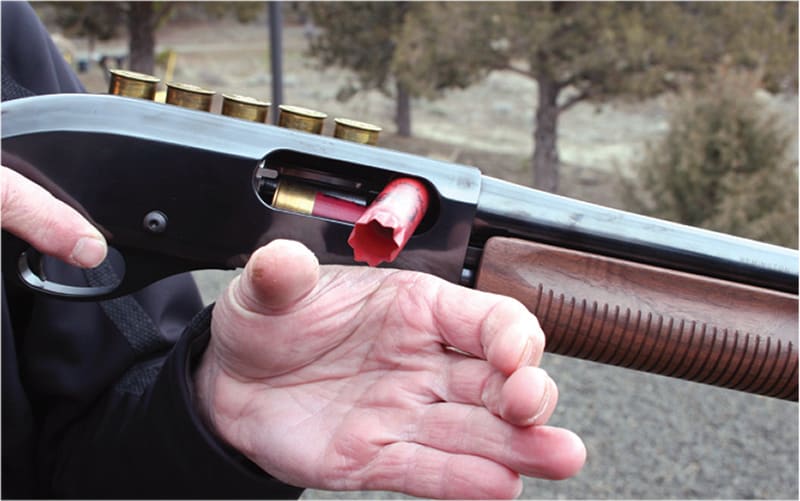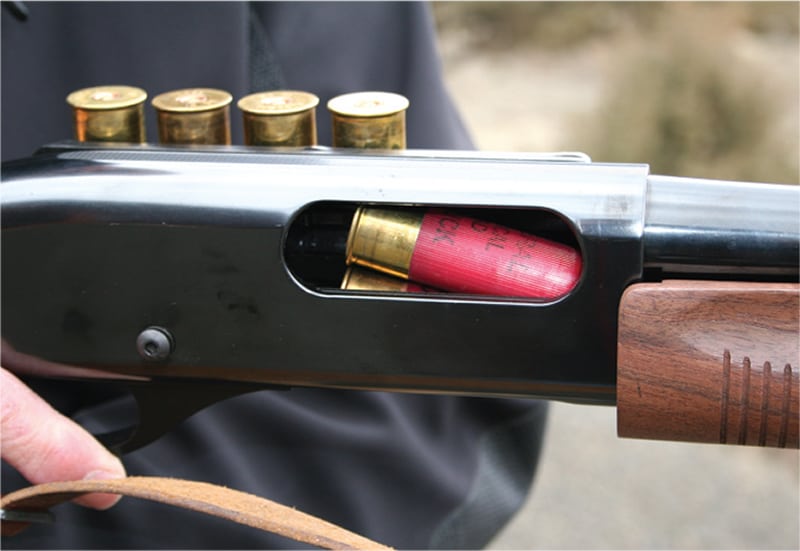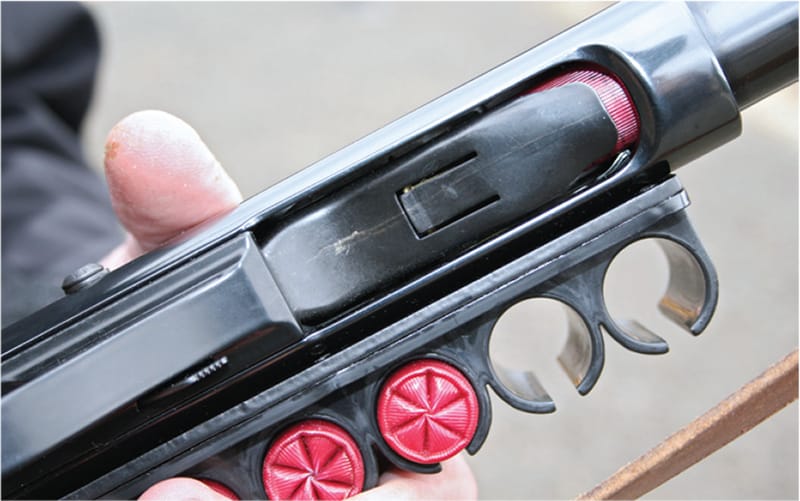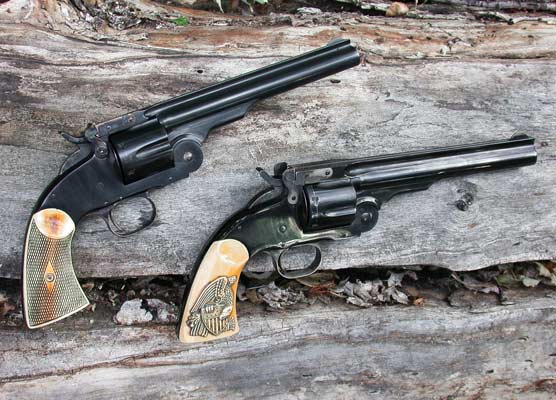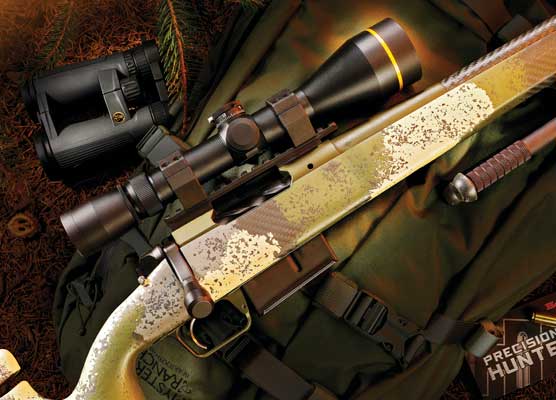Shotgun Malfunctions
Clear 'Em
Most firearms discussion concerns varying opinions about the best barrel twist, bullet weight or the most effective projectile to use for personal defense, and in the end there rarely seems a conclusion all parties can agree on. But one firearm, if used inside the correct range at the correct time with almost any ammunition it can chamber, will definitely alter the problem significantly. We can get the cry over now: shotguns will not solve all problems at all ranges with all ammunition all the time.
That said, they still are pretty effective if used by informed, aware users. Shotguns, because they are mechanical devices operated by humans, could have malfunctions or stoppages users should be aware of and trained to respond to.
In single- or double-barrel shotguns, there are very few issues with malfunctions, and most of those evolve around ammunition with an occasional automatic ejector thrown in. For the most part, if there is a stoppage in a single/double, simply removing the old casing and replacing it with a new shell solves the issue.
Actions
Pump guns will often simply work their way through problems by being cycled correctly and smartly. Short stroking (not completely cycling the action) and cycling with the support arm’s elbow outward (with the elbow not correctly placed “under” the shotgun) may cause a bind in the action bars and is what most often makes the gun not run correctly.
A strong redeeming value of a pump action is almost any ammo that will chamber will fire and can then be cycled out by pumping, and then reloaded by completing the reciprocation of the slide/bolt forward. For multiple shots (more than two — arguable to some but not to me) the pump actions are the most dependable of shotguns over the long haul, in hostile, heavy-use environments.
Notable examples of recoil and gas operated guns include the Benelli and Remington 1187. I believe the Remington 1100 are/were better than the 1187. In my personal experience, the semi-somethings can be and have been finicky — especially for a fighting gun. About now we get the, “gas guns are faster,” point of view, which is duly noted here.
I don’t know if shooting fast or shooting well is what is most needed for personal defense. Gas/recoil guns can sometimes be sensitive to firing from awkward or grounded positions you might have to assume in a fight.
A simple response is, if you are issued, favor, have or use gas/recoil guns, shoot yours from all positions you might be required to in a conflict and see how your gun works. Be sure as well to test your selected ammunition for sensitivity and functionality.
Malfunctions
Failure to fire is a simple press on the trigger followed by what is often a very loud “click.”
In a pump gun, simply cycle the action and try again, if it clicks again leave the action open drop a shell into the feed tray with the support hand close the action and shoot as required. Load as many rounds as you can as soon as you can.
In a gas gun, the “click” means the same except you’ll have to cycle the action rearward using the charging handle. In most cases, if the gun is empty the bolt will lock to the rear, and most often is an indicator to load the piece.
This is easily accomplished by dropping a shell in the open ejection port and activating the action release so the bolt closes and loads the shell into the chamber. Load as many rounds as you can as soon as you can.
Stovepipe
Of the things that can go wrong, the stovepipe, when seen, is generally caused by the operator (short stroke on pump guns) or ammunition (too light a load on gas guns). Simply bring the support hand under the gun rearward, grasp the offending hull and sharply drag the hull rearward out of the gun. Gas guns should close and the pump gun will need to be cycled forward to close the action. Press the trigger, if the gun fires it does — if it does not fire see failure to fire response.
Double Feed
The double-fed malfunction actually comes in two formats. First is the action open format with two hulls stuck sort of like a horizontal “V” much like we often see in AR platforms. To clear it on a pump, pull back on the action to release pressure on the shells, roll the ejection port to the 6 o’clock position and use your fingers to manipulate the hulls out. I try to hold both and then put one back into the action, close the bolt and use as needed. The second shell can be loaded back into the magazine. If a hull is fired drop it, if you’re not sure discard them both and start with fresh ammo. This discard both, or any shells comes with a precautionary note as shotguns most often do not have lots of ammunition in or on them, so I am guarded about ditching good ammo on purpose.
In gas guns, the method of clearing is the same, but noting the recoil spring often holds the bolt forward under pressure, so manipulation and practice will be required to get this down correctly. Pull the charging handle rearward, roll the gun to 6 o’clock and allow the shells to clear, then move forward with loading.
The second type of double feed is, in most cases, self-curing but it causes an issue because the feed way from the magazine tube is blocked, not allowing more ammo to be placed into the magazine tube. By self-curing I mean the act of firing the gun then sets off the chambered round which will cycle action and clear the gun on semi’s and pumping the action on pump guns clears the chambered round and allows the under-the-bolt shell to now be loaded. This of course also clears access to the magazine tube. The primary cause is not seating the shell into the magazine tube correctly, which allows the shell to jump the shell stops and wedge under the bolt.
How To Practice
Cut to the chase. Contact Brownells and buy a box of dummies (part number 729-025-012AB). The 31 bucks cost will be well worth it compared to blowing a 12-gauge hole through your house. I know this because I did it once when I was a lot younger. Practice malfunction clearing because fights never come out the way we plan them.
SHOTGUNS
BENELLI USA
17603 INDIAN HEAD HWY ACCOKEEK, MD 20607
www.benelliusa.com
WILSON TACTICAL/ SCATTERGUN TECH.
3989 HWY 62 WEST, STE 3 BERRYVILLE, AR 72616
www.wilsoncombat.com
TRAINING DUMMY SHELLS
BROWNELLS
200 SOUTH FRONT STREET MONTEZUMA, IA 50171
www.brownells.com

Sign up for the Personal Defense newsletter here:
